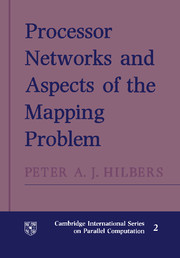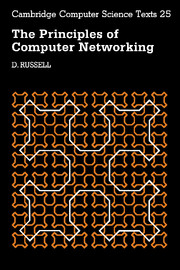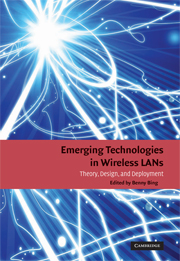Processor Networks and Aspects of the Mapping Problem
Processor networks consisting of a thousand and more processing nodes that interact by sending messages over a communications network are feasible today. They can only meet the market's demand for high-speed, low-cost computing when adequate facilities for the implementation of distributed programs--programs consisting of a collection of processes that communicate and synchronize via the exchange of messages--are offered. This book investigates some of these facilities by viewing both the processor network and the distributed program as a graph.
Dr. Hilbers begins by introducing distributed computing with graph theory, and considers processor networks and their price/performance ratios. He goes on to look at obtaining homogeneous distributions of work over networks and considers examples. The author closes by discussing message routing within a processor network.
Product details
April 2012Paperback
9781107404175
144 pages
244 × 170 × 8 mm
0.24kg
Available
Table of Contents
- Preface
- 1. Introduction
- 2. Processor networks
- 3. A new operation on graphs
- 4. Homogenous mappings
- 5. Mappings of binary tree computation graphs
- 6. Mappings on torus-connected graphs
- 7. Deadlock-free message routing in processor networks
- References
- Index.





